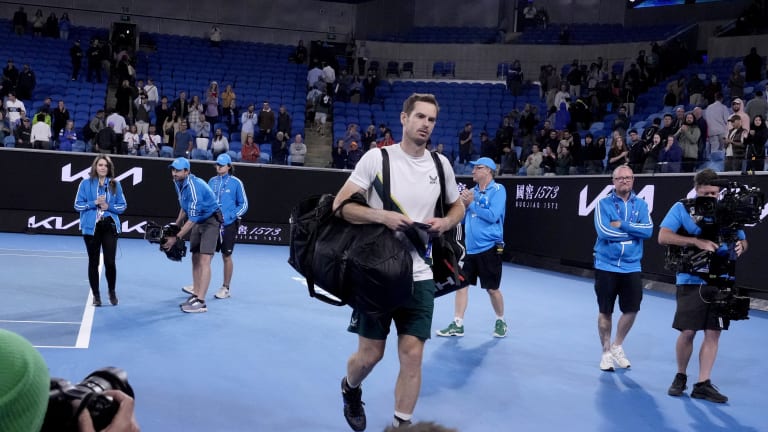The Business of Tennis
ATP and WTA introduce new scheduling guidelines to reduce late finishes
By Jan 09, 2024The Business of Tennis
Where do player clothes go? Charity, friends, and some lucky Goodwill stores
By Apr 17, 2024The Business of Tennis
Serena Williams open to owning WNBA team, calls women’s sport “overly safe bet”
By Apr 16, 2024The Business of Tennis
Zheng Qinwen wins in Stuttgart, picks up Lancôme deal alongside world No. 1 Iga Swiatek
By Apr 16, 2024The Business of Tennis
Stefanos Tsitsipas surpasses 30 million dollars in career prize money after winning Monte Carlo
By Apr 15, 2024The Business of Tennis
More singles stars in doubles? ATP to debut trial in Madrid enticing singles players to join forces
By Apr 03, 2024The Business of Tennis
ATP Tour to trial changes for doubles tennis: Faster matches, easier entry for singles players
By Apr 03, 2024The Business of Tennis
Jannik Sinner surpasses 20 million dollars in career prize money after winning Miami Open
By Apr 01, 2024The Business of Tennis
Dana Mathewson says historic Miami Open invitational is “the next chapter for wheelchair tennis”
By Mar 30, 2024The Business of Tennis
The ATP Tour's 2025 calendar includes expanded events in Canada and Cincinnati
By Mar 22, 2024The Business of Tennis
ATP and WTA introduce new scheduling guidelines to reduce late finishes
The two tours also announced that they are conducting "a strategic review" to try to add more consistency to the kinds of tennis balls used starting in 2025.
Published Jan 09, 2024
Advertising

Who could forget last year's Australian Open battle between Andy Murray and Thanasi Kokkinakis that finished at 4:15AM?
© Copyright 2023 The Associated Press. All rights reserved